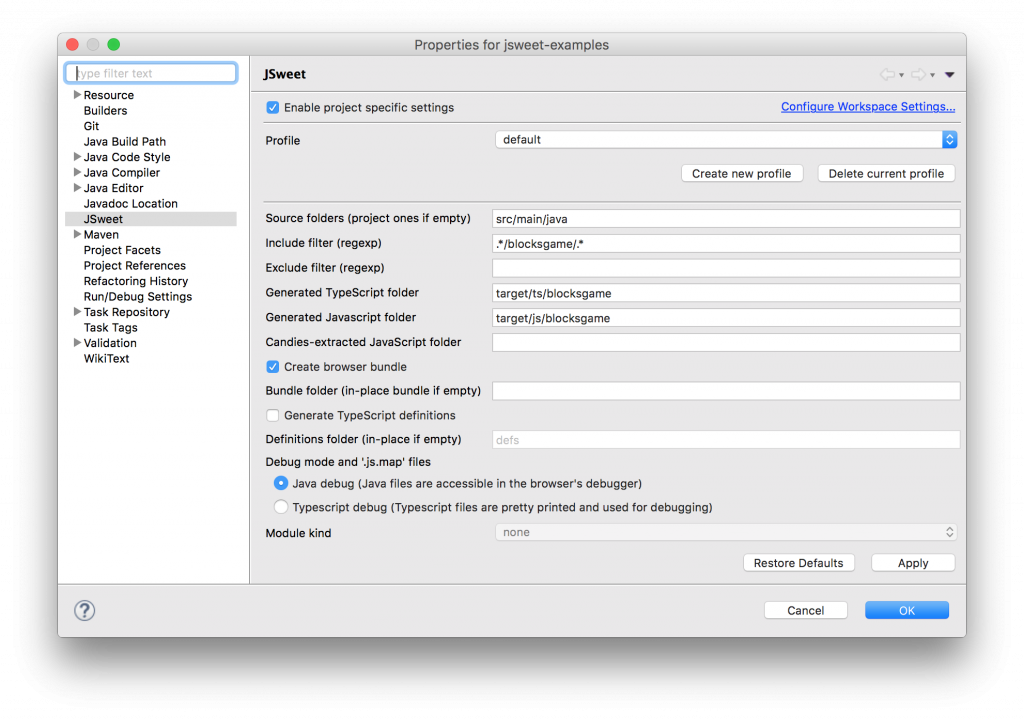


Instead of creating a new jBPM runtime as explained above, give your The binary distribution and unzipping it on your local file system). Necessary jBPM libraries and dependencies (for example by downloading You should create a folder on your file system that contains all the If you want to use one specific release of the jBPM project, Make sure to create a full runtime (using the second approach) for real Support a significant set of features, including for example persistence. The runtime that isĬreated this way only contains the minimal set of JARs, and therefore doesn't Started the first time and for very simple use cases. Note that creating a jBPM runtime from the default JAR filesĪs included in the jBPM Eclipse plugin is only recommended to get you JBPM6 runtime, as this is responsible for the backwards compatibility of the jBPM5 API in jBPM6. To execute a jBPM5 example on jBPM6, you will need to have the knowledge-api JAR inside your JBPM6 API but select a jBPM5 runtime, your sample will not compile). The code you generate can be understood by the runtime (for example, if you create an example using Note that you yourself are responsible for making sure that Byĭefault it will generate an example using the latest jBPM 6.x API, but you could also generateĮxamples using the old jBPM 5.x API. You can also select which version of jBPM you want to generate sample code for.
Eclipse ide plugins how to#
For more informationĪbout runtimes and how to create them, see the section on jBPM runtimes in this chapter. Preferences), or you can select a specific runtime for this project. You can either use the default runtime (as configured for you workspace, in your workspace Finally, the last page in the wizard allows you select a jBPM runtime, as shown below.


 0 kommentar(er)
0 kommentar(er)
